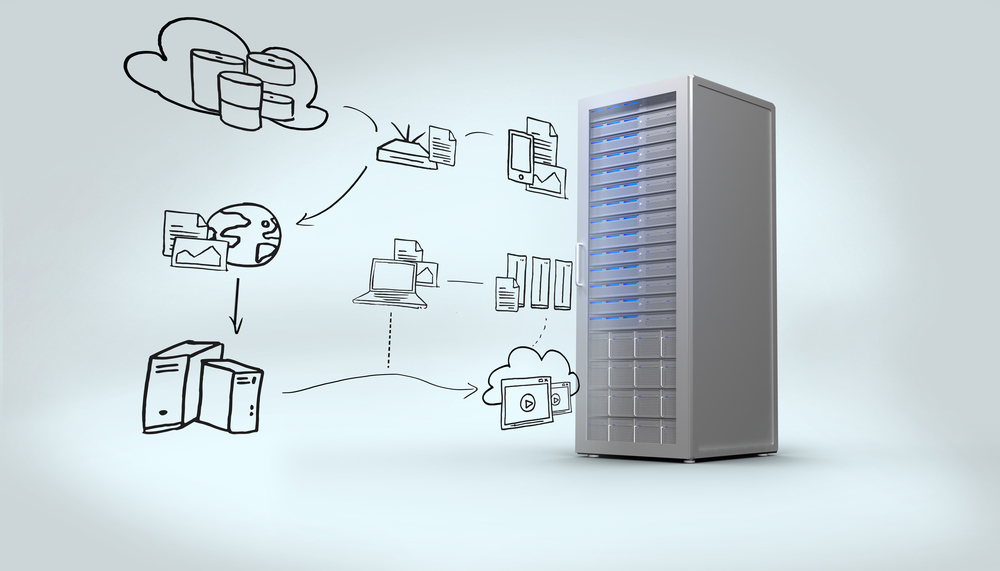Finding the Edge
The edge is almost anywhere anyone can use a connected device. The goal, no matter what an edge deployment looks like, is computational efficiency – low latency and local storage for efficient and time-sensitive operations, with data processing or service delivery on or near the computing device itself. With Gartner predicting that by 2022, 75% of data enterprises generate will be processed at the edge, figuring out an edge strategy is no longer just a nice-to-have. It’s mission critical.
What is the edge? Without an agreed on definition in the industry, companies are defining the edge for themselves. In practice, it has four components:
- Edge topology: An organization’s entire IT infrastructure – network layout and architecture, including all of the components of an edge deployment.
- Enterprise data centers: Centralized data center facilities that are primarily supporting the overall operational needs of an organization.
- Edge data centers: Remote computing and processing facilities that independently handle localized activity and connect back to the core data center.
- Edge devices: Equipment deployed at the end of the network delivering computing services and process transactions for that location.
Edge Computing Challenges
The benefits of the edge are clear: reduced latency, localized and distributed data and service availability, improved data center scalability. However, as companies are looking to move storage and processing closer to the data source, they’re facing some unique challenges.
Asset Management
Managing network resources gets more difficult with each device added to the system. In addition to logical considerations of load balancing, capacity management, and energy use issues, a key aspect of managing edge equipment is keeping track of the number and physical location of the equipment and devices connected to the network.
The physical distance and distributed nature of edge data centers and devices mean that any activity requiring personnel to physically interact with assets – such as annual inventory, service and upgrades, removing older equipment from service – is automatically more complicated and expensive. Without clear information about the exact location of equipment, it’s possible to waste time and money trying to track down your valuable assets.
Physical Security
Without IT personnel on site to monitor and protect edge assets, like servers or base stations, this valuable equipment is inherently less secure than onsite resources. While obviously helpful, physical security measures like locks can’t prevent all unauthorized access. And without on- site personnel, an enterprise has limited ability to quickly detect and respond to breaks-ins and adds to response time.
Environmental Conditions
Many things can contribute to changes in the environmental conditions around equipment – increased compute load resulting in heat generation that outpaces the capacity of existing cooling systems; failure of the computer room air conditioning (CRAC) or heating ventilation and air conditioning (HVAC) systems; power failures; even leaky pipes. The remote nature of these facilities means increased time to respond and resolve unanticipated environmental changes.
How will you deal with these challenges in your edge facilities? Read our white paper Standing at The Edge? Look Before You Leap Understanding the Advantages — and the Risks — of Edge Deployments to learn how to protect these mission critical assets.




